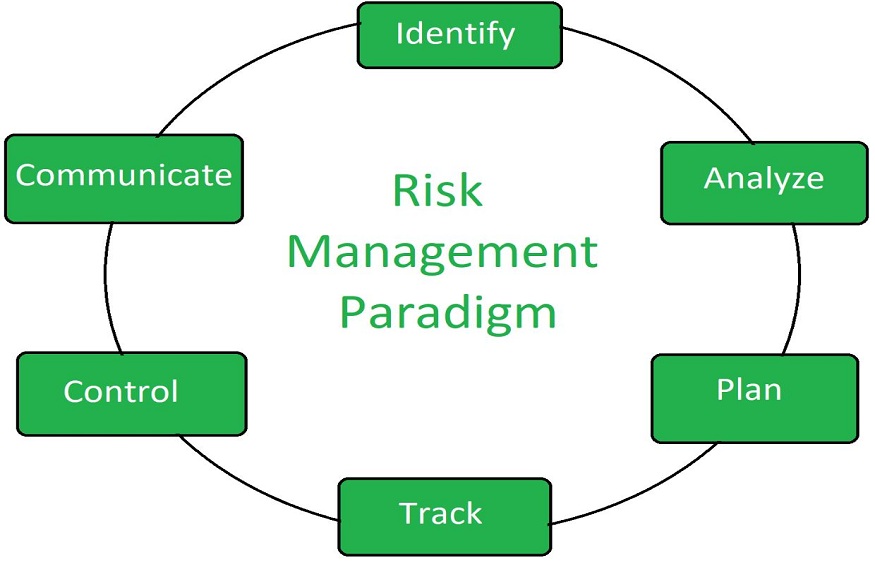Principles of Management of Risk Framework

Introduction
In the dynamic and competitive business landscape of today, risks are ever-present. To navigate through uncertainties and safeguard business interests, organisations need a structured approach to risk management. This is where Management of Risk Training, MoR training, plays a pivotal role. In this article, we will explore the significance of MoR training and how it empowers businesses to identify, assess, and mitigate risks effectively.
Understanding Management of Risk Training, MoR training
MoR training is a specialised program designed to equip individuals and organisations with the necessary knowledge, skills, and methodologies to manage risks proactively and strategically. This comprehensive training ensures that risk management becomes an integral part of an organisation’s decision-making process, rather than an afterthought.
The Fundamentals of Risk Management
To dive deeper into the world of MoR training, let’s understand the fundamentals of risk management:
1. Identifying Risks
The first step in risk management is identifying potential risks that can impact a project, process, or the organisation as a whole. Risk identification involves a systematic approach that takes into account internal and external factors affecting the business.
2. Assessing Risk Severity
Not all risks are created equal. Some risks have a higher probability of occurrence and can result in severe consequences. MoR training teaches professionals how to assess risk severity and prioritise their mitigation efforts accordingly.
3. Risk Response Strategies
Once risks are identified and assessed, it’s crucial to develop appropriate response strategies. These strategies can include avoiding, transferring, mitigating, or accepting risks based on their impact and feasibility.
4. Implementing Risk Controls
MoR training emphasises the implementation of risk controls and measures to prevent or minimise the impact of identified risks. These controls are tailored to the specific nature of each risk and are continuously monitored for effectiveness.
5. Monitoring and Review
Risk management is an ongoing process, and MoR training underscores the importance of continuous monitoring and review. This allows organizations to adapt to changing risk landscapes and make informed decisions.
Why is Management of Risk Training Essential?
Building a Risk-Aware Culture
One of the key benefits of MoR training is that it fosters a risk-aware culture within an organisation. When employees at all levels understand the significance of risk management, they become proactive in identifying and addressing potential risks, leading to better risk mitigation.
Improving Decision-Making
Incorporating risk management principles into decision-making processes enhances the quality of decisions. It enables organisations to make informed choices based on a comprehensive understanding of potential risks and their impact on business objectives.
Enhancing Business Resilience
Businesses that invest in MoR training develop greater resilience to unforeseen challenges. By being well-prepared to tackle risks, organisations can navigate through crises with confidence, ensuring business continuity.
Demonstrating Credibility to Stakeholders
Effective risk management reflects an organisation’s commitment to its stakeholders’ well-being and success. MoR training enhances an organisation’s reputation by demonstrating credibility and a proactive approach to risk management.
Implementing MoR Training: Key Considerations
1. Tailoring the Training Program
Every organisation is unique, and so are its risks. When implementing MoR training, it’s essential to customise the program to address the specific risks and challenges faced by the organisation.
2. Leadership Commitment
Successful implementation of MoR training requires buy-in from the top leadership. When leaders actively support and participate in the training, it sets a powerful example for the rest of the organisation.
3. Integration with Existing Processes
MoR training should seamlessly integrate with existing business processes, enabling a smooth transition to a risk-aware culture without disrupting daily operations.
4. Continuous Learning and Improvement
Learning doesn’t end with the completion of MoR training. Encourage continuous learning and improvement among employees to ensure they stay up-to-date with the latest risk management practices.
FAQs
Q: What is the duration of a typical MoR training program?
A: The duration of a MoR training program is usually 3 days for practitioner level.
Q: Is MoR training only suitable for specific industries?
A: No, MoR training is applicable across industries. Any organisation that faces risks, which is virtually every business, can benefit from this training.
Q: Can individuals pursue MoR training for personal development?
A: Absolutely! While MoR training is often sought by businesses for their employees, individuals can also undertake it to enhance their risk management skills and boost their career prospects.
Q: Does MoR training comply with industry standards?
A: Yes, MoR training aligns with industry best practices and is based on the Management of Risk (MoR) framework accredited by AXELOS, a global best practice provider. It is also aligned with ISO 31000 standard.
Q: Is MoR training beneficial for startups?
A: Yes, startups can greatly benefit from MoR training, as it equips them to identify and address potential risks right from the beginning, enhancing their chances of success.
Q: Can I become a certified MoR practitioner after completing the training?
A: Yes, upon successful completion of the MoR training program and passing the associated exam, you can obtain a MoR certification.
Conclusion
In conclusion, Management of Risk Training, MoR training, plays a vital role in helping businesses mitigate risks and secure success. By establishing a risk-aware culture, improving decision-making, and enhancing resilience, MoR training empowers organisations to face challenges head-on and make informed choices for a thriving future. Remember, risk management is not an option; it’s a necessity for sustainable growth.







